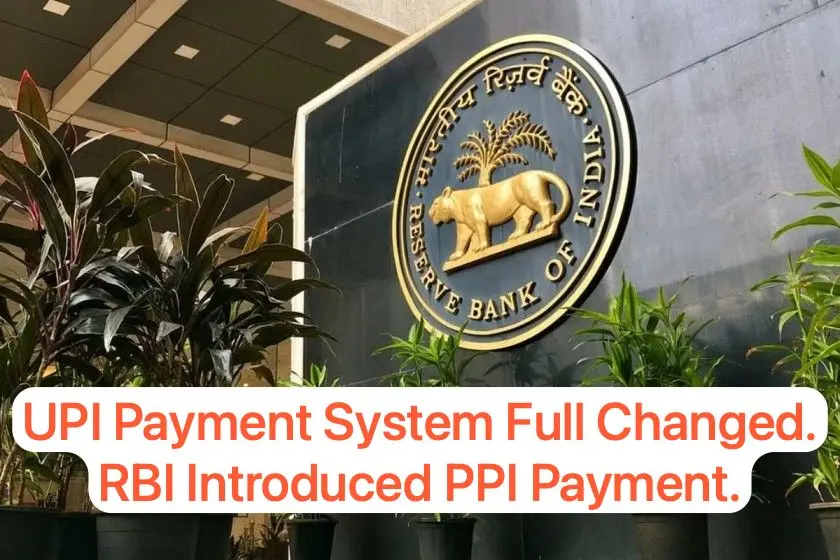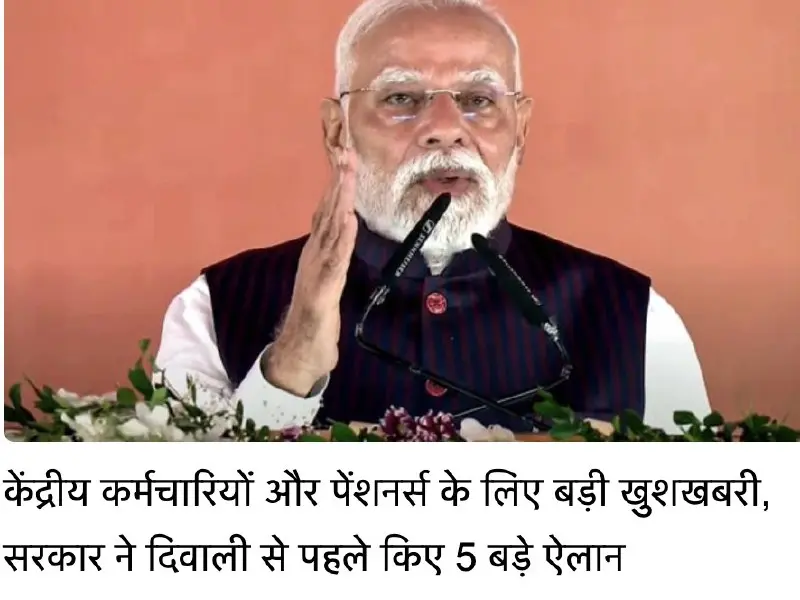The Reserve Bank of India (RBI) has introduced a significant change allowing prepaid cardholders to make and receive payments through UPI (Unified Payments Interface). This development aims to enhance convenience for users of prepaid payment instruments (PPIs) such as gift cards, metro cards, and digital wallets.
Key Highlights from RBI Circular
- UPI Payments for PPI Holders
- PPI holders who have completed full KYC can now link their prepaid cards or wallets to UPI-enabled third-party apps.
- They will also be able to receive UPI payments directly to their PPI accounts.
- Integration Through UPI Handles
- PPI issuers can link a customer’s wallet or prepaid card to a UPI handle.
- Transactions from the PPI will use the customer’s existing PPI identification for authentication before accessing the UPI system.

- Restrictions for PPI Issuers
- PPI issuers cannot integrate customers of banks or other PPIs into their system.
- UPI transactions from PPIs can only be carried out via the issuer’s mobile application.
- Pre-Approved Transactions
- PPI-to-UPI transactions will require pre-approval by the issuer before they are processed on the UPI network.
Difference Between PPI and UPI
| Category | PPI (Prepaid Payment Instruments) | UPI (Unified Payments Interface) |
|---|---|---|
| Purpose | Used for purchases, financial services, and money transfers. | Real-time interbank transactions via mobile phones. |
| Example | Gift cards, metro cards, digital wallets. | BHIM, Google Pay, Paytm UPI. |
| Issuer | Banks or non-bank entities. | National Payments Corporation of India (NPCI). |
| Usage | Limited to the stored value in the instrument. | Directly linked to a user’s bank account. |
Benefits for Prepaid Cardholders
- Seamless digital transactions without needing a bank account.
- Enhanced accessibility for users of metro cards, gift cards, and digital wallets.
- Greater flexibility in using third-party UPI apps for daily transactions.




